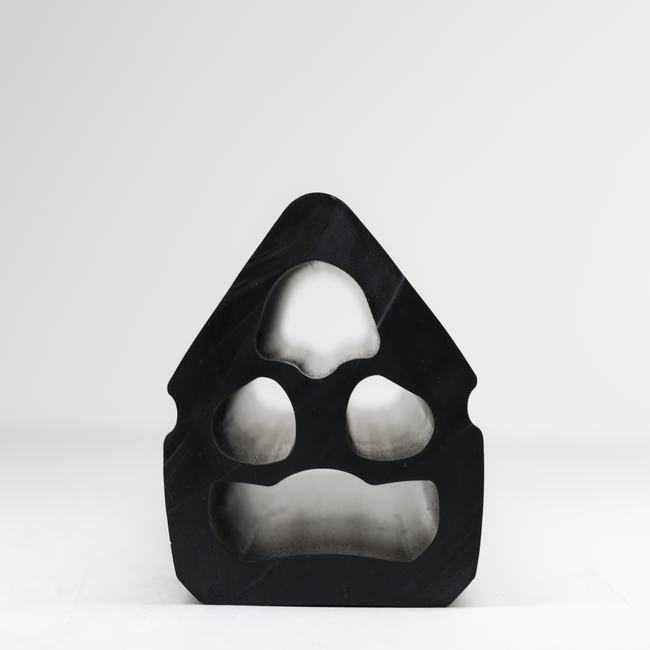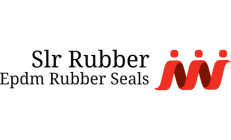Ship seals, also known as marine seals, are crucial components used in the maritime industry to ensure the watertight integrity and safety of ships and vessels. These seals come in various forms and serve multiple purposes, ranging from preventing water ingress to controlling noise and vibration. In this comprehensive description, we will explore ship seals in detail, covering their types, functions, materials, installation methods, benefits, and considerations.
1. Functions of Ship Seals:
Ship seals serve several critical functions:
a. Watertight Integrity: The primary function of ship seals is to provide watertight integrity, ensuring that water does not enter the hull of the ship. This is essential for buoyancy, stability, and overall safety.
b. Noise and Vibration Control: Seals are used to control noise and vibration within the ship, improving the comfort and safety of crew members and passengers.
c. Environmental Protection: Some seals are designed to prevent the release of pollutants, such as oil or chemicals, into the marine environment.
d. Fire and Smoke Containment: Fire-resistant seals can help contain fires and limit the spread of smoke and toxic gases within the ship.
2. Types of Ship Seals:
There are several types of ship seals, each designed for specific applications:
a. Hatch Seals: These seals are used to create a watertight seal on hatches and openings in the ship’s deck, preventing water from entering cargo holds or other enclosed spaces.
b. Shaft Seals: Shaft seals are used to seal the propeller shaft as it passes through the hull, preventing water from entering the ship.
c. Bulkhead Seals: Bulkhead seals are installed in the bulkheads (dividing walls) of the ship to maintain watertight compartments in the event of damage or flooding.
d. Door and Window Seals: Seals are used around doors, windows, and portholes to prevent water ingress and control noise and temperature.
e. Expansion Joint Seals: These seals are used in areas where there is movement, such as between sections of the ship or where pipes and ducts pass through bulkheads.
f. Gasket Seals: Gaskets are used in various applications, including pipe connections, equipment access, and hatches.
3. Materials Used in Ship Seals:
Ship seals are made from a range of materials, including:
a. Rubber and Elastomers: Rubber compounds, such as neoprene and EPDM, are commonly used for their flexibility and resistance to water and UV radiation.
b. Metal: Some seals use metal components for added strength and durability, such as stainless steel or aluminum.
c. Foam: Foam seals are used for insulation, buoyancy, and vibration control.
d. Fire-Resistant Materials: In areas where fire safety is paramount, fire-resistant seals made of materials like intumescent compounds may be used.
4. Installation Process:
The installation of ship seals varies depending on the type and location of the seal. However, the general process involves:
a. Surface Preparation: Ensure that the surfaces where the seal will be installed are clean and free of contaminants.
b. Measurement and Cutting: Measure the seal to the required length and cut it to fit the specific application.
c. Attachment: Depending on the seal type, it may be adhered, clamped, bolted, or mechanically fastened in place.
d. Testing: Conduct tests to verify the integrity of the seal and its ability to meet the specified requirements.
5. Benefits of Ship Seals:
a. Safety: Ship seals are critical for maintaining the safety of vessels by preventing water ingress, controlling fires, and limiting the spread of smoke.
b. Environmental Protection: Seals can prevent the release of pollutants into the marine environment, reducing the ecological impact of ship operations.
c. Comfort: Noise and vibration control seals enhance the comfort of crew members and passengers, especially on long journeys.
d. Efficiency: Watertight seals contribute to the ship’s overall efficiency, stability, and buoyancy.
6. Considerations:
a. Regulations: Ships must comply with international regulations and standards regarding seal integrity and environmental protection.
b. Maintenance: Regular inspection and maintenance of ship seals are essential to ensure they continue to function effectively.
c. Compatibility: Seals should be chosen based on their compatibility with the ship’s construction materials, environmental conditions, and the specific sealing requirements of each application.
In conclusion, ship seals are essential components for maintaining the safety, integrity, and environmental responsibility of ships and vessels. They play a vital role in preventing water ingress, controlling noise and vibration, and ensuring compliance with international regulations. Careful selection, proper installation, and regular maintenance of ship seals are essential for the efficient and safe operation of marine vessels in various maritime applications.










